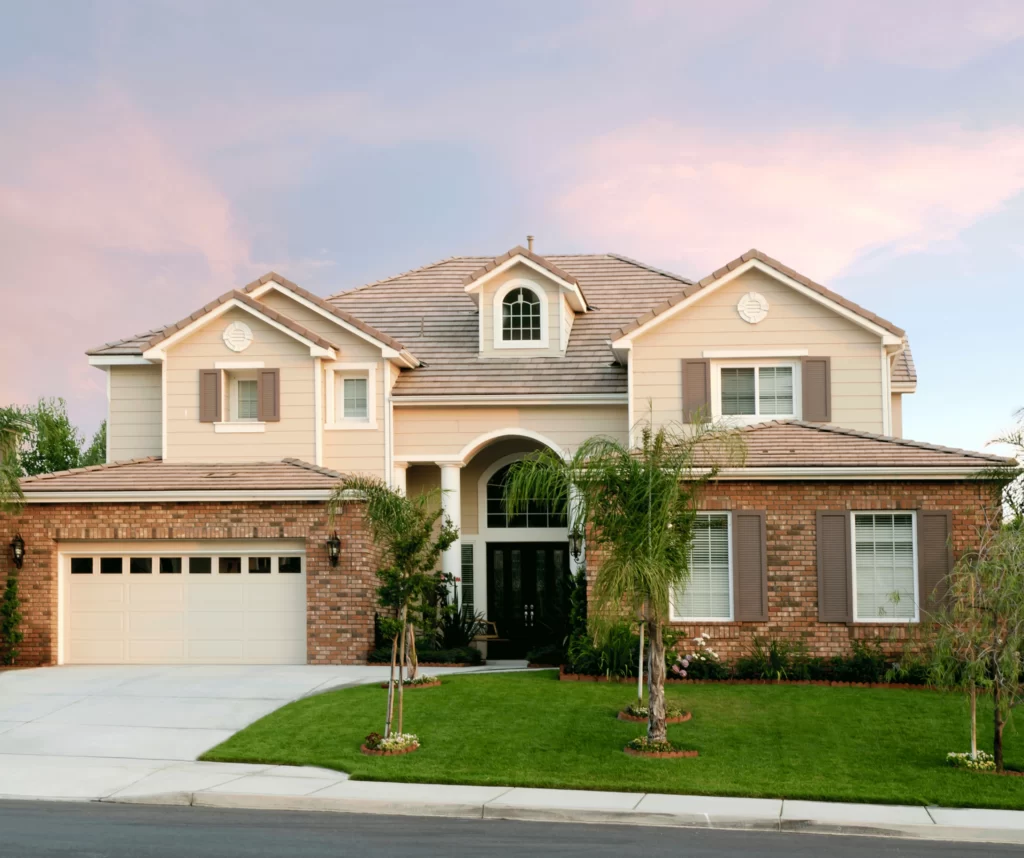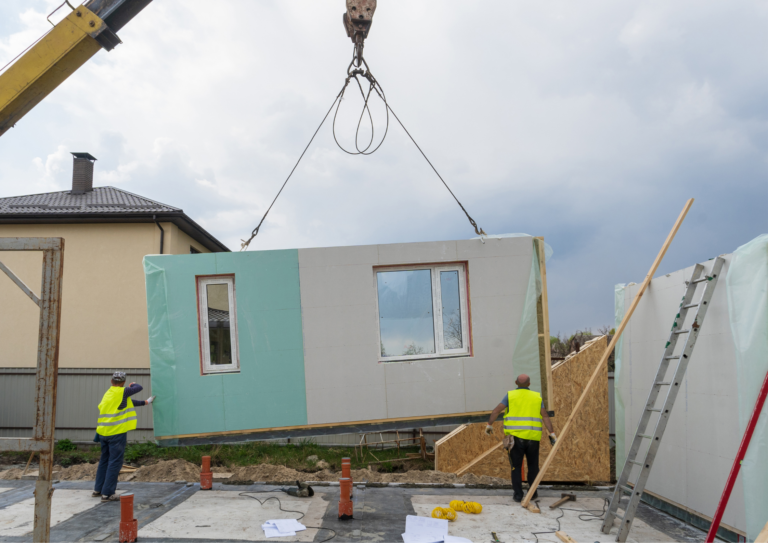Passive house modular homes have gained significant traction as an eco-friendly and cost-effective housing solution. These homes offer a comfortable living environment while minimizing energy consumption and carbon footprint. In this article, we will explore the advantages and disadvantages of passive houses, discuss the best wall construction techniques, highlight the materials used, and explore affordable options for building your dream home.

Table of Contents
Advantages of Passive House Modular Homes
Energy Efficiency
Passive houses are designed to maximize energy efficiency. The superior insulation, airtight construction, and advanced ventilation systems reduce the need for heating and cooling, resulting in significant energy savings. This translates to lower utility bills and a reduced environmental impact.
Superior Comfort
Passive houses provide exceptional indoor comfort throughout the year. The high insulation levels and airtight construction eliminate drafts and cold spots, maintaining a consistent temperature and minimizing temperature fluctuations. The advanced ventilation systems ensure a constant supply of fresh air, promoting a healthier living environment.
Environmental Friendliness
Passive houses contribute to a greener planet. By minimizing energy consumption and reducing greenhouse gas emissions, these homes help combat climate change. The use of sustainable materials, such as natural and renewable resources, further enhances their eco-friendly nature.
Improved Indoor Air Quality
The advanced ventilation systems in passive houses continuously circulate and filter the air, removing pollutants, allergens, and moisture. This results in healthier indoor air quality, reducing the risk of respiratory issues and improving overall well-being.
Long-Term Cost Savings
While passive houses may have a higher upfront cost, the long-term savings outweigh the initial investment. With reduced energy consumption, homeowners can enjoy substantial savings on heating and cooling expenses over the life of the house. Additionally, the durability and quality of construction materials in passive houses often result in lower maintenance costs.
Disadvantages of a Passive House
While passive houses offer numerous advantages, it is important to consider potential drawbacks as well. These include;
Higher Initial Cost
The construction of a passive house may have a higher upfront cost compared to conventional homes. However, the long-term energy savings and reduced utility bills often offset this initial investment.
Meticulous Planning and Design
Passive houses require careful planning and expertise during the design phase to ensure optimal performance. This may extend the overall construction timeline and necessitate collaboration with professionals experienced in passive house design.
Best Wall Construction for a Passive House
The choice of wall construction is crucial in achieving optimal energy efficiency in a passive house. The following methods are commonly employed;
Double or Triple-Layered Walls
These walls consist of multiple layers with high insulation values, minimizing heat loss and ensuring energy efficiency.
Insulated Concrete Forms (ICFs)
ICFs are a popular choice due to their excellent thermal insulation properties and structural strength.
Structural Insulated Panels (SIPs)
SIPs are prefabricated panels that provide both insulation and structural support, enabling efficient construction and high energy performance.
Cross-Laminated Timber (CLT)
CLT is a sustainable material that offers exceptional thermal properties and structural stability, making it a favourable choice for passive house construction.
Materials Used in a Passive House
Passive houses prioritize the use of sustainable and environmentally friendly materials. These include;
High-Performance Windows
Triple-glazed windows with low-emissivity coatings enhance insulation, reduce heat loss, and maximize solar gain.
Insulation Materials
Cellulose, mineral wool, and rigid foam boards are commonly used to create airtight and well-insulated building envelopes, minimizing energy loss.
Natural and Renewable Materials
Wood, bamboo, and recycled materials are preferred for flooring, cabinetry, and finishes, promoting a healthy and eco-conscious living environment.
The Most Cost-Effective Home to Build
While the cost of building a home depends on several factors, modular homes offer a cost-effective solution. Modular construction allows for efficient use of materials, reduced labour costs, and shorter construction timelines. These factors contribute to the overall affordability of modular homes while still providing sustainable and customizable living spaces.
Conclusion
Passive house modular homes represent a significant step towards sustainable and energy-efficient living. The advantages of these homes, including energy efficiency, superior comfort, environmental friendliness, improved indoor air quality, and long-term cost savings, make them an appealing choice for conscientious homeowners. By utilizing the best wall construction techniques, incorporating eco-friendly materials, and considering cost-effective options like modular construction, individuals can embrace a greener and more affordable lifestyle. Passive house principles not only offer reduced energy consumption for homeowners but also contribute to a healthier planet for future generations.
To learn more about different types of foundations for mobile homes, you can visit Six Popular Types of Foundations for Mobile Homes.






1 comment
High Ranch-Style Homes in the Modern World
[…] Brickborne humbly welcomes you to the flamboyant world of High Ranch-Style Homes. The charm is classic, makeover modern but we invite you to step inside into the […]